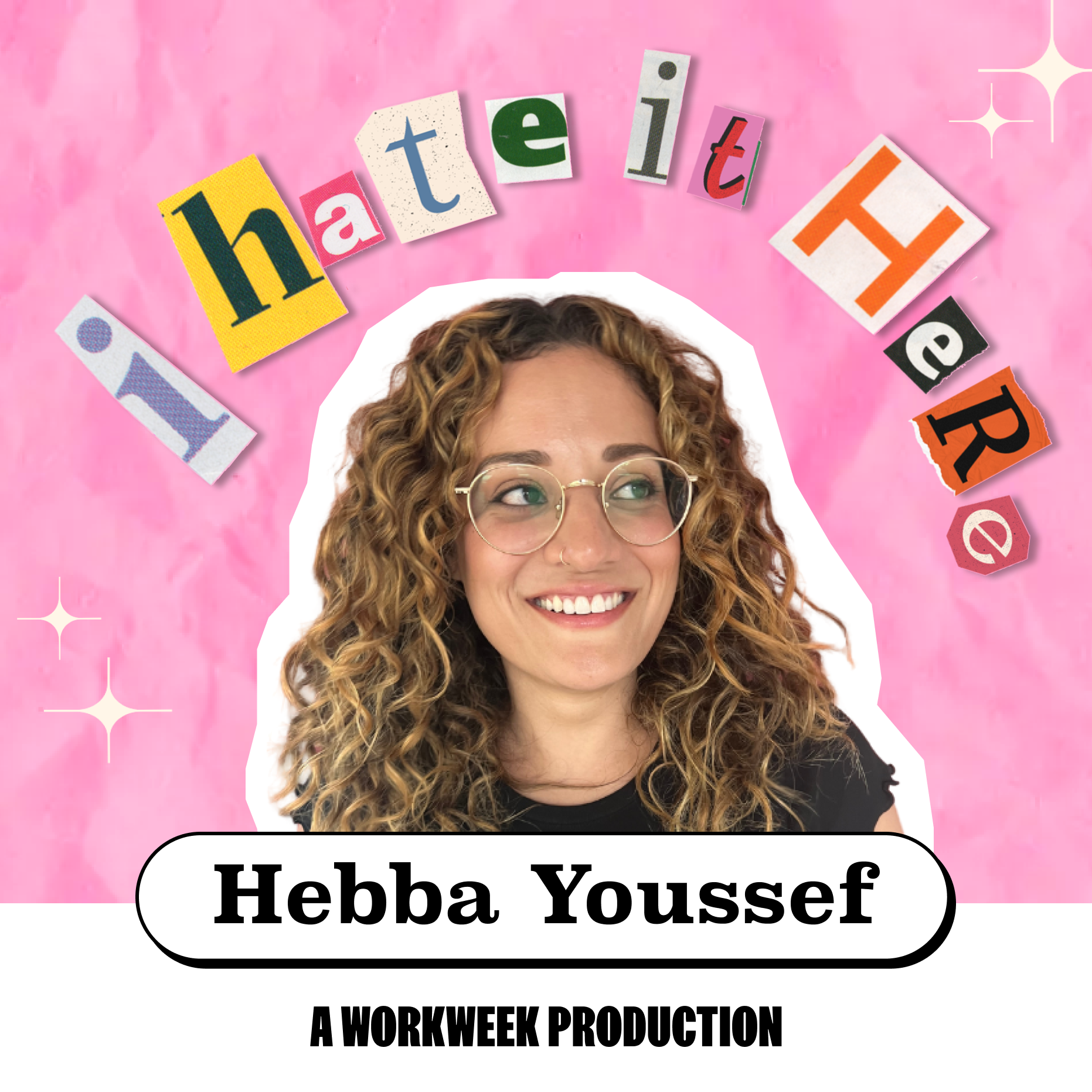✍ Any advice for leading a multi-generational team with varying leadership experiences? I manage 18-65 y/o with 0-30+ years of experience all looking for different management styles and all not understanding that others want to and need to be managed differently.
Jessie Fields, Talent Development and DEI Leader at C2FO:
As a leader to a big and diverse team, you’re already getting it right by recognizing that all of your team members need something a little bit different from you. Kudos! But putting this level of intentional leadership into practice can be tough on your part, so here are some ideas…
- Start by knowing your own strengths and boundaries. Who on your team is easiest and hardest for you to manage and why? You won’t be able to meet everybody’s every need, so what is feasible and what might burn you out?
- Ask people directly what they want from you as their manager. It doesn’t mean you can always give them exactly what they’re looking for, but it may take the guessing out of how to be more hands-on with those who need it, and when to step back from those who don’t.
- Lean on the expertise of your experienced folks. Pair them up with newbies, ask for their advice, let them lead where they can and share their wisdom. A good line may be, “We wouldn’t be where we are today without your X.”
- Encourage new ideas and fresh perspectives from your younger or less experienced team members. This might sound like, “To build for the future, we need to explore X.”
- And finally, don’t force it. Engagement can look different for everyone, so just because someone isn’t participating in a group activity doesn’t mean they aren’t happy at work! Forced fun might backfire, so instead, make it clear where you do expect people to contribute, and let those who really love the engagement stuff lean in.
Stephanie Lemek, Founder and Fractional HR Exec & Consultant:
I’ve spent years working with Engineering and Construction teams, so I can appreciate the folks who do not seem to want to engage in employee engagement efforts.
That said, I’ve found, especially when someone has a lot of passion about their work and their experience, they love talking about it and themselves. Even when they may take a bit of prodding to get the conversation going.
I think this is where spending time one on one with your team to bet to better know your team members and their preferences is a great place to start and adjust your style as a leader.
I also love self-awareness and team awareness tools like CliftonStrengths for diverse teams like this. They help create a common language- that focuses on the positive of what everyone can bring to the team. And build a sense of camaraderie and teamwork that feels more tactical than just for ‘team building’ or engagement sake.
Katherine Gerson, Human Resources Manager at DeNOVO Solutions:
Acknowledging there is a difference needed in how you lead across your team is truly the first step, and you have already done that!
I always recommend our leaders to check in with their employees to get their individual preferences. Depending on your organizations processes you may only be required to meet with individuals once a year, but I encourage at least a quarterly check in to see how each of them are doing. What feedback you get from your employees is going to help gauge whether that quarterly check in should be more or less frequent.
Since you have a wide range of skillsets, generations, work types etc. it could be beneficial to check in with those who have been there longer and are wanting less engagement to see what worked best for them when they were earlier in their careers. On the flip side, you may be hearing a lot from those newer or in a different generational group that they want more than you may know what to do with. In these conversations you may find an unlikely pairing to help bridge the gap and help find a middle ground that is realistic and/or achievable.
When in doubt, ask yourself about blinders. What may not feel right to apply across the team, probably means it’s not, but rethink how to tailor it so you get the same point with different individuals.
Lastly, show your willingness to hear from everyone. You can’t make people talk and engage but you can influence change by encouraging participation. The openness, awareness and respecting the preferences and boundaries (when they are not impeding work getting done) of those on the team can propel lasting change.
✍ For folks taking on a new HR role in a nonprofit that’s never had an HR role before, what would you recommend are the best first steps to gaining leadership trust as well as best first things to set structure to or implement?
JOIN 130K+ HR LEADERS
Get insights, learnings, and advice on how to build companies and cultures that people actually love.
No spam. Unsubscribe any time.
Alex Clermont, Practice Manager at TDC:
First – I have lived this super hard, so DM me if you want to talk in more detail.
I find that people respond best to the problems in front of them. So do you need to hire? Start there. Do you have people leaving soon? Maybe that’s a better first thing to tackle.
You also need to be patient, and bring people along. Nothing in your question is indicating to me that you won’t do that, but it can be the most infuriating part of the whole thing so I want to name it. For instance, I went through a whole hiring process under the “old” process, did it their way, and then for the NEXT process brought up all the things I thought could be improved.
Base setting can also be helpful. You say they’re not going about things in an equitable or thoughtful manner – is equity a shared or stated value? Does your company have mission/vision/values that everyone agrees are important? If not, is that an exercise you could do with leadership to figure out the direction people want things to go? This can help get general buy-in if you have some kind of agreed goals to refer back to.
Handling small things can also be a great way to start building capital. Settle disagreements, document policies or procedures, organize that file system that has been sitting in chaos for years. Put your mark on some things.I’d also sit down with whoever the leader-iest leader (president? ED?) is at your org and get on the same page about how THEY envision your role. This can/will/should change over time, but again you’re establishing that base level buy in. I’d also recommend a regular 1-on-1 with either that person or the person who throws the most weight around on policy decisions to build some trust and rapport – even if you have that already, having it specifically in this space and this role will be valuable. I have 1-on-1s at least biweekly with every member of senior leadership to keep a finger on their pulse, personally, but that will vary by organization.
Again happy to talk through more specifics. I worked my way up from front desk to people/ops management at a museum, took a similar reception/ops role at a smaller (THREE PEOPLE) nonprofit during grad school and now run HR and operations at a 20-person nonprofit so I feel you.
P.S. DO NOT SAY YES TO EVERYTHING omg so important. If you feel stuck in a moment have phrases like “let me get back to you about that”, “let me think about that”, or even “I can look into that” ready. Until you trust yourself to think on your feet never agree in the moment, default to a very soft maybe.
Suvidha Hughes, Global People and Culture Lead at EMpower:
Happy to talk as well as I am 9 month old in an global 50 people NPO and my role never existed before. What really helped me was to go on a listening tour. However, since you are not really new to the org that might sound a bit redundant.
Second tip I have is please please do not say yes to everything. Sit down with the ED/CEO, agree your deliverables / work plan and of course leave room for things that come on the way.
Last but not the least, build relationship with the leadership team. I would have not survived these last 9 months without my SLT’s trust / advice / pat on the back. Good luck and happy to talk if you need more info .
Katherine Gerson, Human Resources Manager at DeNOVO Solutions:
One of the hardest lessons I have learned in my career, and now the number one thing I do each time I move, is to gain the best understanding of how the leaders and stakeholders I am working with communicate and process.
My first step with gaining leadership trust is to sit down with them and understand their vision of the role, their priorities and flat out ask them how they want to communicate and partner. They may have no idea what is going to work with a new role, but understanding your boundaries and authorities from their perspective is so valuable. Don’t let them say you can prioritize it however you want, push for their thoughts, inevitably if you aren’t on the same page from the start there is always room for leaders to come back and say something wasn’t their priority. In regards to communication, if you feel like you communicate best via writing but your leadership doesn’t get through all their emails you may not realize you miss approval opportunities because they never saw it (definitely learned that one the hard way).
While you have been with the same company, moving into a new role means your interactions with other departments will be different now. You may know how to communicate with individuals based on a previous role, but now that you have a different hat to wear, there are different approaches. When I moved from being a Generalist to a Lead in a previous company, I had to reestablish the expectations and interactions, because the “hat” I was wearing was different even with my own leadership who didn’t change. In such a small company, expectation setting is crucial in order to prevent everything you have done in the past creeping into the new role because “You’ve done it all!”
I recommend meeting with the department leads that you will have the most involvement with to get an understanding of how the departments work, if you don’t already know. Also a bit different since this is a new role to the company officially, but everyone has opinions on how HR should work, and sometimes they aren’t wrong and really help, other times it won’t make sense at that moment. Understanding how others view the interconnectivity is extremely helpful in understanding how you prioritize your first big moves.
After all of that, you will start to see the commonalities in priorities and if they align to the needs at that time, you will see where to start. Don’t take everything on at once, keep reminding yourself that you cannot change a ships direction immediately, it takes time and there will always be something else around the corner. You’ve got this!


